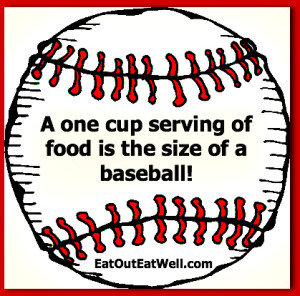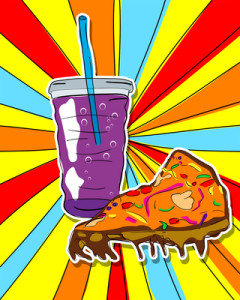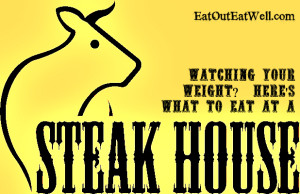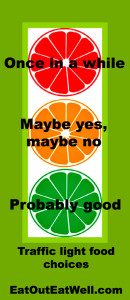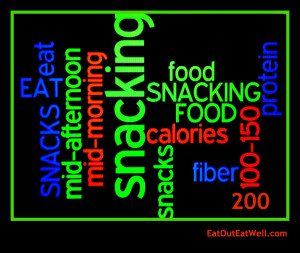 We chow down on a lot of snack food — a quarter of our calories come from them!
We chow down on a lot of snack food — a quarter of our calories come from them!
Snacks account for more than 25% of Americans’ daily calorie intake; since the 1970s, snacks have accounted for around 580 calories a day — which basically turns them into “a full eating event,” or a fourth meal.
When And Where Do We Snack?
- Americans average 2.3 snacks per day, snacking most frequently in the afternoon, evening and late at night.
- Most people snack at home, 12% say they snack at work, 7% eat snacks while they travel from place to place
- 27% of Americans snack on impulse, 28% snack because they want a treat, and 14% eat snacks when they’re stressed or anxious
- 57% of people say it’s important that food and beverage snacks be healthy, the food and beverages mentioned the most were chips and soda.
How Many Calories?
Maybe we snack so much because multi-tasking has increased – think about how often you eat and drink while you’re doing something else.
Between 2006 and 2008, it took around 70 minutes to eat breakfast, lunch and dinner. Secondary eating, the kind you do while you’re working on the computer, driving, or walking down the street, doubled from 15 minutes in 2006 to nearly 30 minutes a day in 2008.
The time spent on secondary drinking jumped nearly 90% — from 45 to 85 minutes — which explains why beverages account for 50% of the calories we take in through snacking. (Ever wonder why Starbuck’s and Dunkin’ Donuts are so crowded?)
Are All Snacks Bad For You?
No. Research doesn’t support the idea that snacking is the main cause of obesity; for some people — like young children and older adults – snacks can be an important source of nutrients and calories.
Trying to go more than four hours without something to eat can make you so hungry that you’ll eat quantities of just about anything in sight. Eating a small meal or snack every 3 to 4 hours helps keep your metabolism revved up so you burn more calories over the course of a day and will help ward off mid-morning and afternoon slumps.
Thoughtful, planned snacking can keep you from feeling outrageously hungry, really grouchy, and can put the brakes on raiding the refrigerator or going on a buying spree at the nearest bakery.
What’s A Snack?
Almost 100% of Americans snack every day, but there isn’t a standard definition of what a snack is or what motivates us to snack. We “self-define,” leaving plenty of wiggle room to blur the line between what’s a snack and what’s a meal.
A snack shouldn’t be a fourth meal. An individual snack, like the one so many of us have mid-morning or mid-afternoon, is recommended to be between 150 and 200 calories, have at least 8 grams of protein for satiety and to keep your blood sugar stable, and at least 3 grams of fiber to fill you up. Keep the fat and sugar grams low.
Beware health halo foods – the so-called “healthy” snacks that are really a bunch of sugar and/or fat in disguise. These include a selection of (but not all) cereals, breakfast and protein bars, yogurt-covered anything (like raisins and pretzels), sports and energy drinks, smoothies, and frozen yogurt. Check labels. Most baked goods, chips, candy, and sugary drinks are occasional treats and not daily snacks.
If you’re not hungry, don’t snack. Ask yourself if you’re snacking because of hunger, habit, or some other reason – like boredom or anger.
Some Snack Choices
Pick snacks that taste good and you look forward to eating.
Some good choices:
- Baby carrots (or other vegetables) and hummus.
- Half a cup of cottage cheese with fruit or whole grain crackers.
- An apple, orange, pear, peach, or grapes with ¼ cup of almonds or reduced-fat cheese or a low-fat cheese stick.
- Whole-grain crackers, a slice of whole grain bread, or a banana with peanut butter.
- Trail mix or a combination of nuts, seeds, raisins, and whole grain cereal. Be careful of portions, though – although they’re healthy, nuts are a higher calorie food.
- A whole wheat or multi-grain English muffin with a small amount of nut or seed butter.
- Low-fat or non-fat yogurt with raisins, a banana, or a small amount of whole grain cereal.
- A 12 ounce skim latte or cappuccino.
This is the first post of week 4 of the lose a pound a week challenge. How are you doing? Let us know on Facebook.
